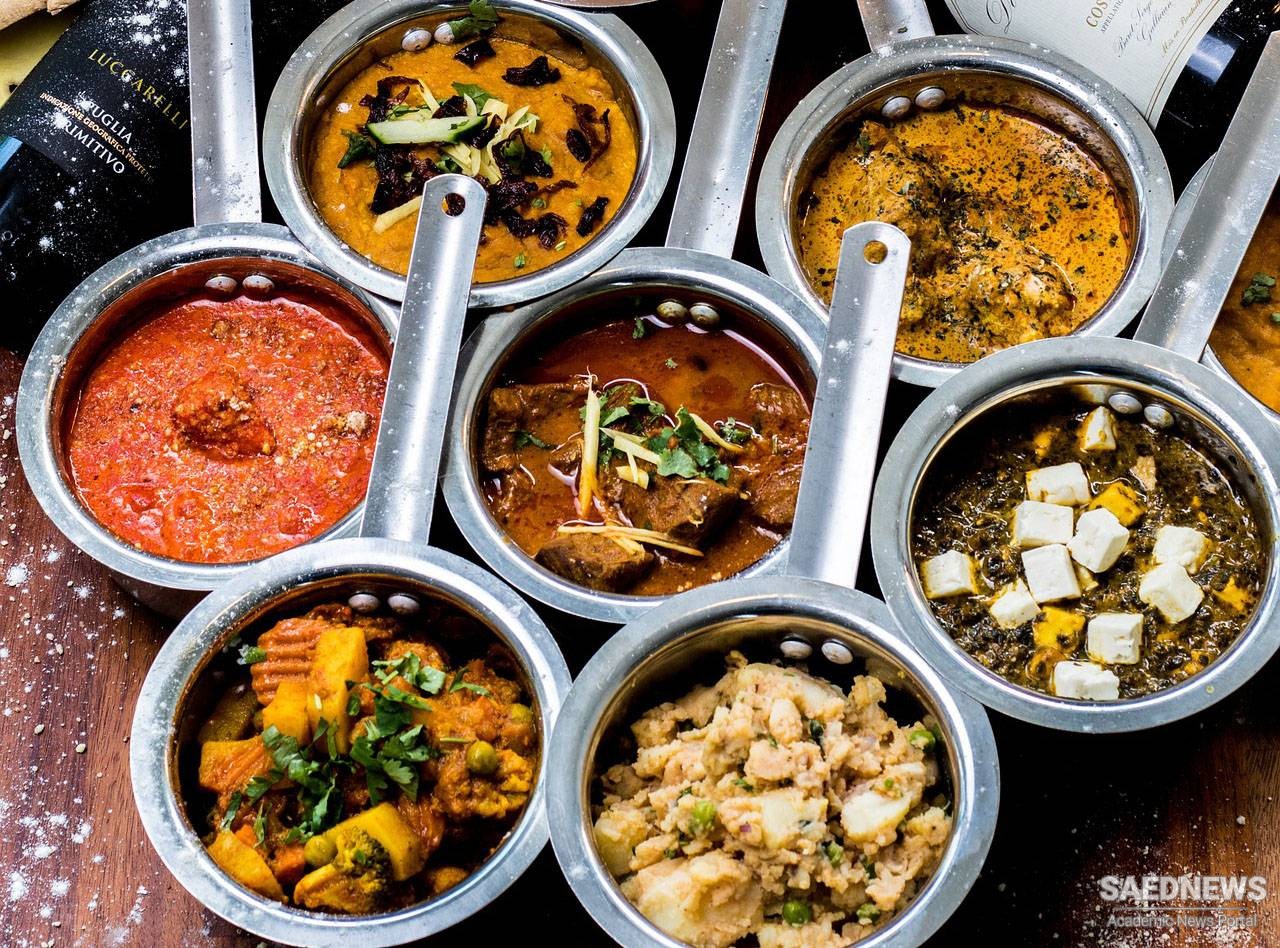The task in their new homeland was communicated to the newcomers with the sacrosanct order of “feed the hungry, cloth the poor, rebuild the ruins and increase the population”. Thus have evolved, developed and acquired renown the Ottoman culture.
There were a lot of elements to develop this flexible cultural acquis in the new homeland: The country was first of all encircled by three seas: Black Sea, Aegean Sea and Mediterranean and the two straits (İstanbul strait and Dardanelles) connecting them were offering their unmatched fertility to the squatters while the Anatolia, with the benefit of living all four seasons at the same time was providing fresh vegetables and fruits to the entire country that had the luxury of a springtime in the West, summer in the South and a mild autumn along the Black Sea coast. Don’t we still have the same pleasure? Which encompassed the Anatolia and the European soils of the empire, together with the culinary culture constituting and important component of the former.
These conditions have made the Ottoman kitchen one of the three grands of the world.
Of course, this culture is in a continuous process of change due to the major changes in the new conditions. Its chances of being permanent fade out a little more everyday. The human being has little opportunity today to gather around the family table at home. The changing work practices convert the warm meal habits into devouring toasts and sandwiches and restaurants become preferred grounds for dinner parties. The modern medicine takes a somewhat dim view of fatty meals, pasta and pastries, once much appreciated by previous generations and those afraid of overweight lay emphasis on easier meals with the urge of dieting.
Thus the new world’s phagotic systems dissociate themselves from the old one under its own rules.
Yet, a careful study of the old system reveals that it had adopted several precautions, in particular in the field of health, and that the ancients had their own yardsticks under the then prevailing conditions.
Since our topic is the Ottoman kitchen, let’s hear what a wise Ottoman had once said on eating pastas, desserts and sweets around those rich tables:
“Who eats little becomes angel,
Who eats much finds its danger.”
Be careful, dear friends, watch it. The master calligraphers used these sayings to produce artistic inscriptions that embellished the dining room walls:
“He who eats little eats everyday.
He who eats much eats once” or,
“Mouth eats, face is ashamed.”
Just like the following verses saying that gourmandise will get the people nowhere:
“So much food these teeth have seen,
Neither gold, nor silver have they been.”
Let’s then return to the past and examine how and when ate these prudent, jovial and wise men.


 Salade De Chou Rouge
Salade De Chou Rouge














































